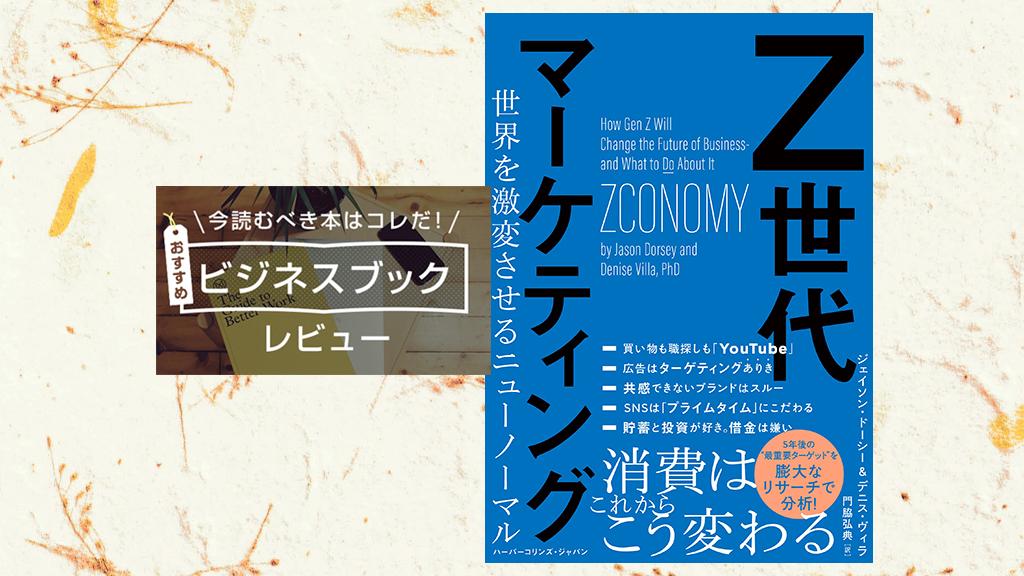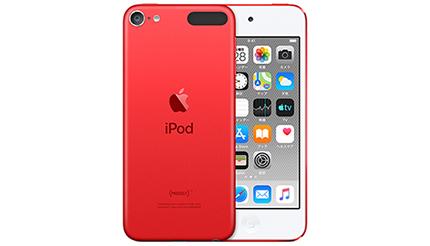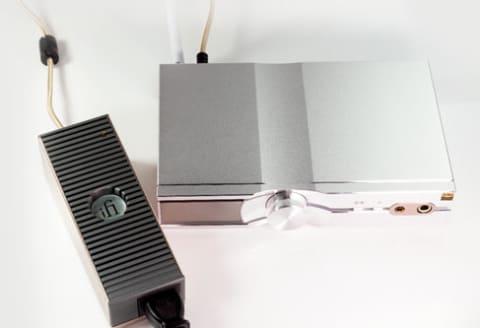Sony's digital SLR camera, the α7 IV, was announced in advance overseas and officially announced on December 2 in Japan. It is a model that succeeds the α7 III, which is also popular with video users. It is equipped with a newly developed effective 33 million pixels and uses the latest generation image processing engine BIONZ XR adopted in the α1 and αS III for high-speed processing. Is possible, and the response is definitely improved. 4K / 60p shooting is realized though it will be super 35mm size. It's a pity that the price has risen by that amount, but it may be the definitive edition for users who want both video and still images. As for the product contents, please see this page, but here I would like to sort out the points of the α7 IV from the body and menu. (Editorial Department Ichiyanagi)
If you are an α user, you will immediately notice that the video, still images, and S & Q dial are provided under the main dial. After operating the power ON / OFF with your index finger, the dial under the main dial has a lock button in front, so you can change the mode of still images, movies, and S & Q by rotating while pressing it. No thumb is required for rotation. It is from this model that this upper and lower two-stage dial is adopted, and it seems to be convenient for those who frequently switch between 3 modes. When you want to switch to video with the same mode dial as a still image, it goes smoothly. Since there is a lock mechanism, it seems unlikely that you were inadvertently entering another mode.
By the way, what happened with the α7 III is as follows. The bottom is the α7 III and the top is the α7 IV. The part that used to be an exposure compensation dial is now a general-purpose dial to which other functions can be assigned. The video REC button used to be on the thumb side, but it has been changed to the index finger side.
The upper right dial of the α7 IV.
The memory card is an SD card and a CFexpress Typea A card, and the upper slot 1 is a multi-type that both can be inserted.
Terminal part. USB Type C is Super Speed USB 10 Gbps (USB 3.2) compliant. I'm sorry I can't see it, but the HDMI in the left column uses Type A.
The LCD monitor is now a vari-angle type.

Actually, when I was shooting the menu, if I set the video recording format to 4K // 60p 10bit, the thermometer mark was displayed even though I did not REC. This model also has an unlimited continuous recording time of movies, but if the body temperature rises too high, a warning will be issued and eventually it will stop halfway. According to the person in charge, heat tends to be trapped when the LCD monitor is closed, and when the vari-angle monitor type is used in the open state, temperature information can be suppressed considerably.
Also, select "High" for the automatic power off temperature. It seems that the body gets hot enough to touch, but since the heat is dissipated from the sensor to the body, if you are using a tripod (if you do not hold it with your hands), keep it in this "high" state for a long time. Recording becomes possible.
Let's look at the menu from here.
S-Cinetone is preset in PP11.
In video mode, a function called breathing correction has been added. Although it is only compatible with the company's lenses, the angle of view is slightly narrower, but it can suppress the breathing phenomenon in which the angle of view fluctuates when the focus is sent.
Gamma display assist function. As expected, it does not go as far as inserting the original LUT like LUMIX, but the options have increased.
The USB streaming function can output even 4K, although it will be 15 frames per second.
◉ Product information
"Α7 IV" https://www.sony.jp/ichigan/products/ILCE-7M4/
Sony announces the α7 IV with a newly developed image sensor with approximately 33 million effective pixels.Renewed shooting performance for still images and videos




